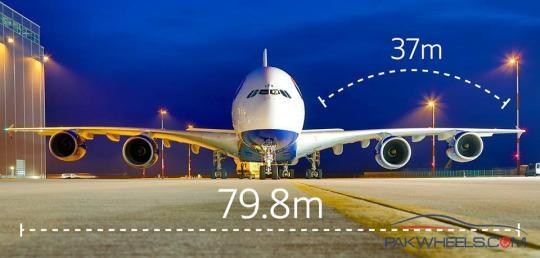In 1903 the brothers built the powered Wright Flyer I, using their preferred material for construction, spruce, a strong and lightweight wood, and Pride of the West muslin for surface coverings. They also designed and carved their own wooden propellers, and had a purpose-built gasoline engine fabricated in their bicycle shop. They thought propeller design would be a simple matter and intended to adapt data from shipbuilding. However, their library research disclosed no established formulae for either marine or air propellers, and they found themselves with no sure starting point. They discussed and argued the question, sometimes heatedly, until they concluded that an aeronautical propeller is essentially a wing rotating in the vertical plane. On that basis, they used data from more wind tunnel tests to design their propellers. The finished blades were just over eight feet long, made of three laminations of glued spruce. The Wrights decided on twin “pusher” propellers (counter-rotating to cancel torque), which would act on a greater quantity of air than a single relatively slow propeller and not disturb airflow over the leading edge of the wings.
Wilbur made a March 1903 entry in his notebook indicating the prototype propeller was 66% efficient. Modern wind tunnel tests on reproduction 1903 propellers show they were more than 75% efficient under the conditions of the first flights, “a remarkable feat”, and actually had a peak efficiency of 82%.
The Wrights wrote to several engine manufacturers, but none met their need for a sufficiently lightweight powerplant. They turned to their shop mechanic, Charlie Taylor, who built an engine in just six weeks in close consultation with the brothers. To keep the weight low enough, the engine block was cast from aluminum, a rare practice for the time. The Wright/Taylor engine had a primitive version of a carburetor, and had no fuel pump. Gasoline was gravity-fed from the fuel tank mounted on a wing strut into a chamber next to the cylinders where it was mixed with air: the fuel-air mixture was then vaporized by heat from the crankcase, forcing it into the cylinders.
The propeller drive chains, resembling those of bicycles, were supplied by a manufacturer of heavy-duty automobile chains. The “Flyer” costed less than a thousand dollars, in contrast to more than $50,000 in government funds given to Samuel Langley for his man-carrying “Great Aerodrome”. The Flyer had a wingspan of 40.3 ft (12.3 m), weighed 605 lb (274 kg) and had a 12 horsepower (8.9 kW) 180 lb (82 kg) engine.
The first flight, by Orville at 10:35 am, covered 120 feet (37 m), that’s less than half the wingspan of one Airbus A380, in 12 seconds, at a speed of only 6.8 miles per hour (10.9 km/h) over the ground.
The next two flights covered approximately 175 and 200 feet (53 and 61 m), by Wilbur and Orville respectively. Their altitude was about 10 feet (3.0 m) above the ground.
Do you think that those pioneers of aviation ever imagined what the future would hold for their invention?
